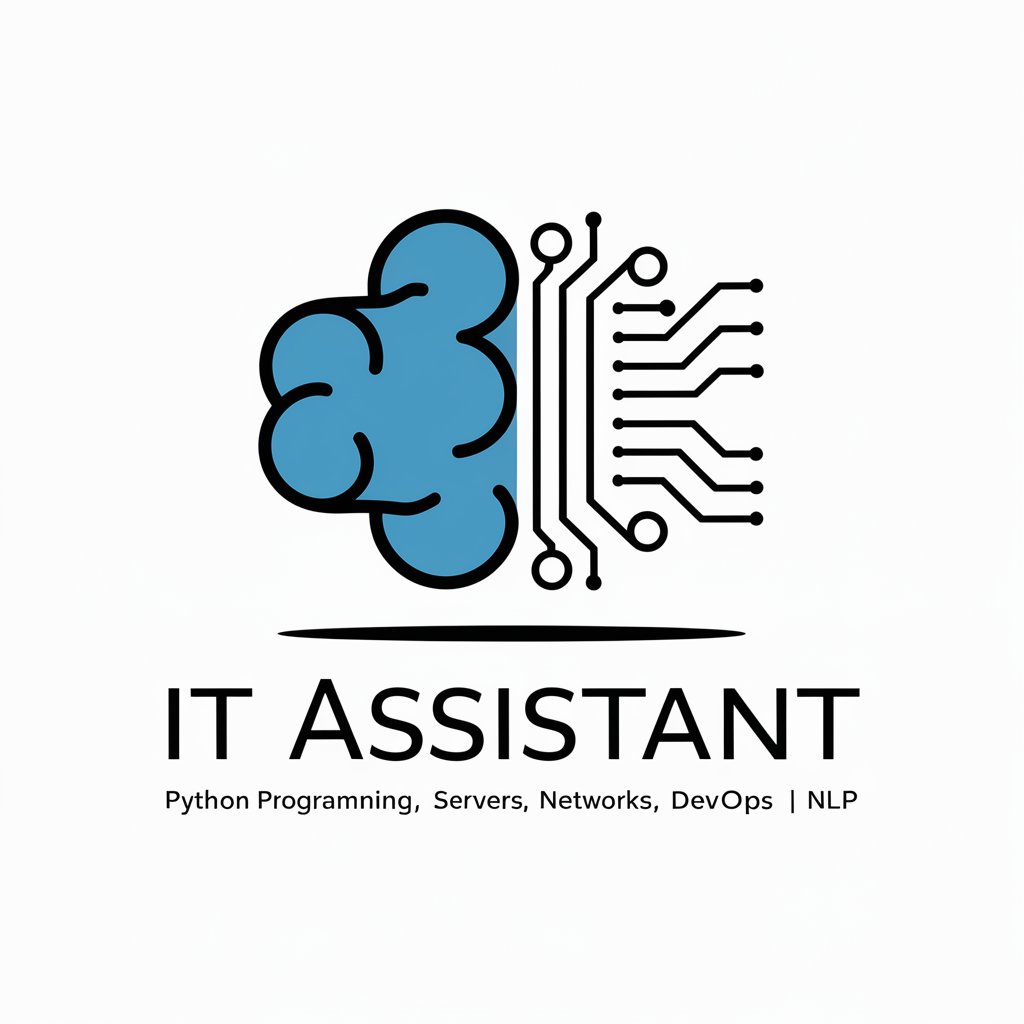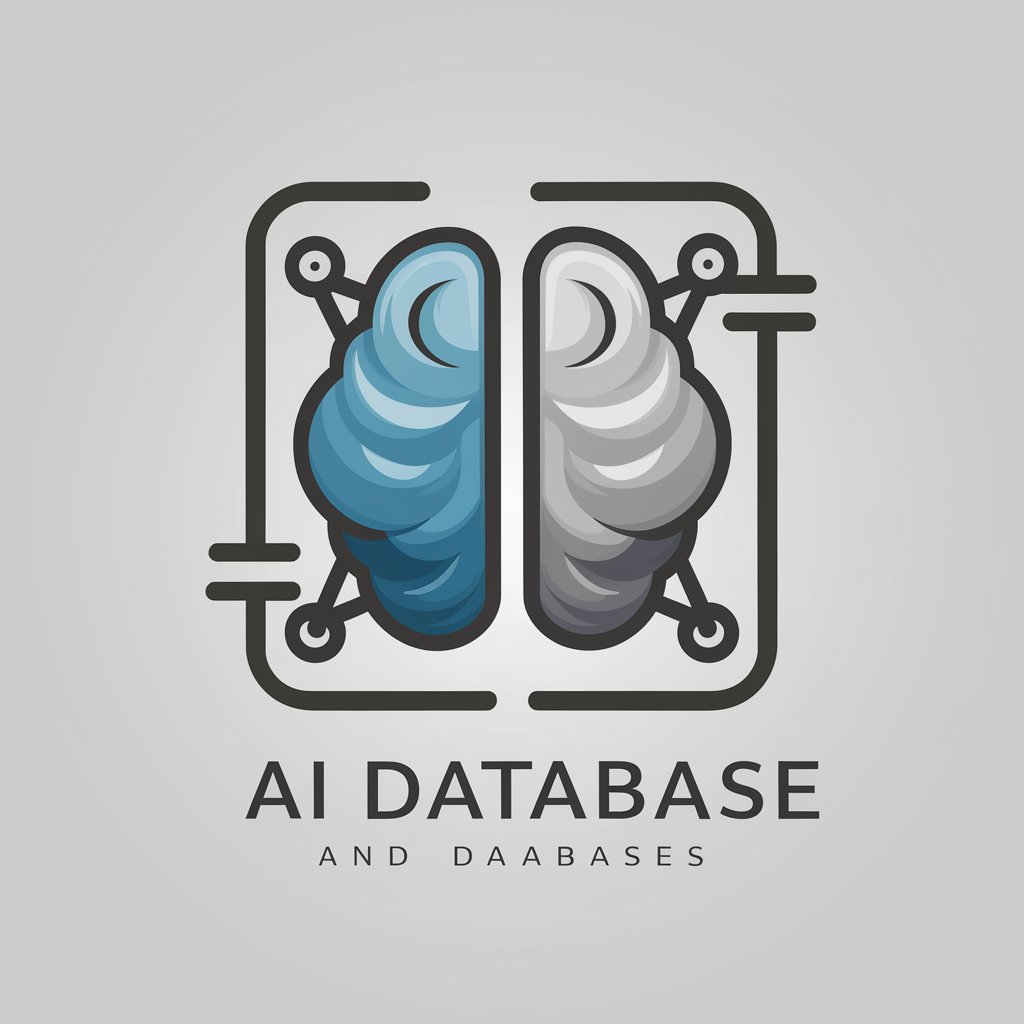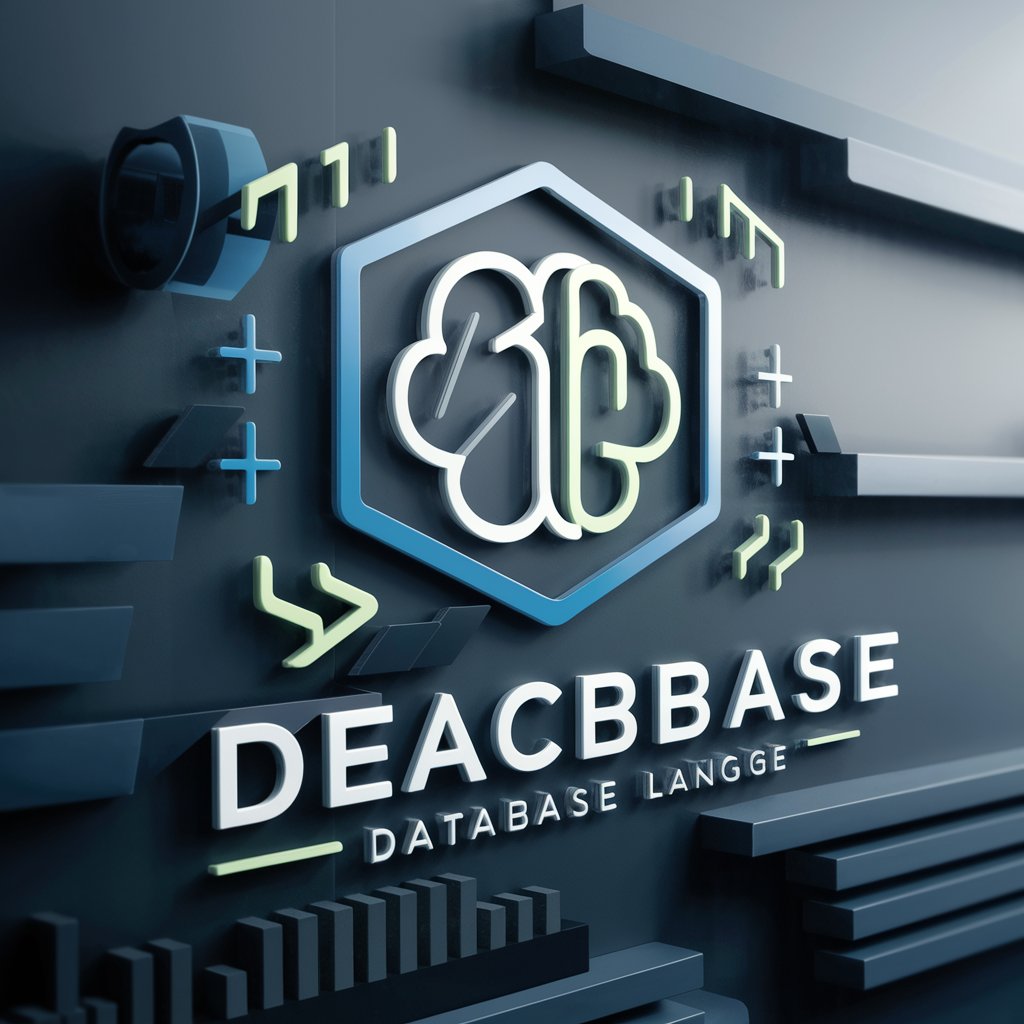
我的知识库 - Personalized Computer Science Insights
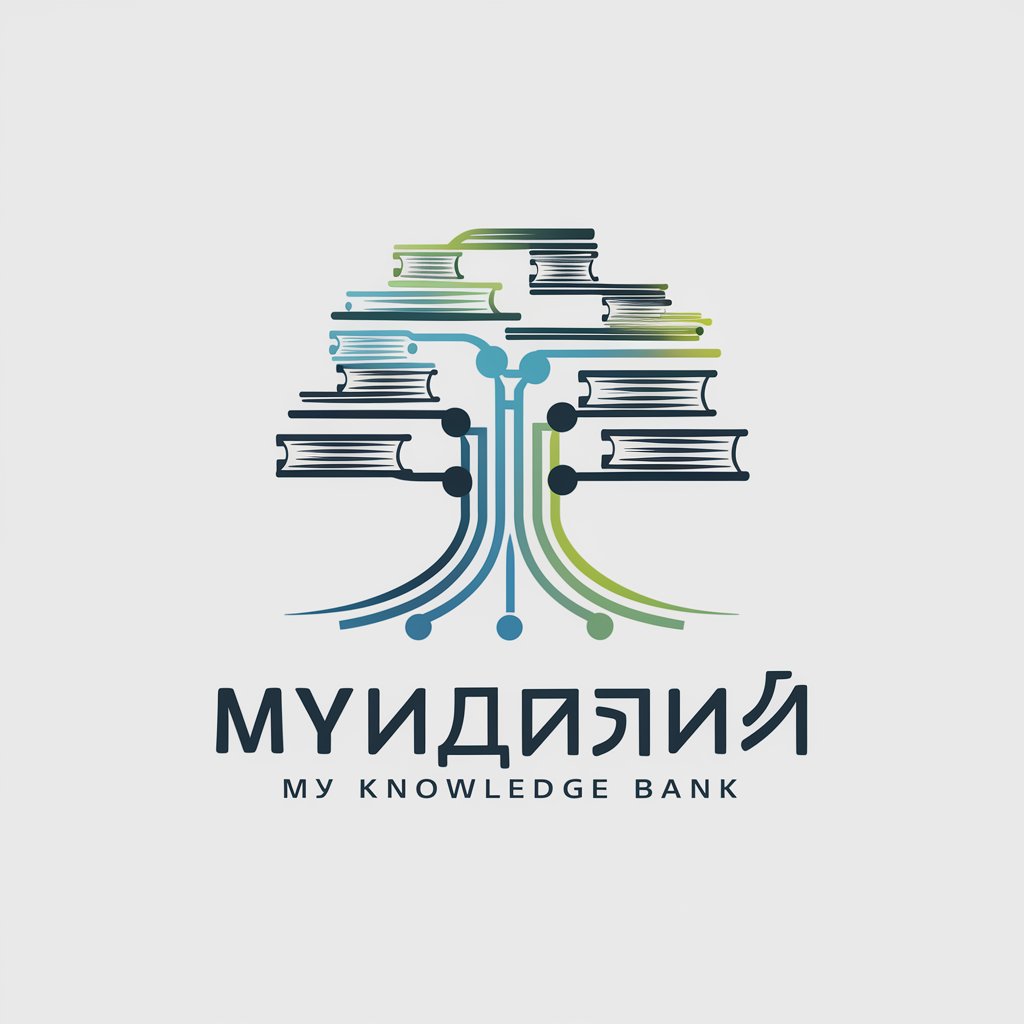
Welcome! How can I assist you today?
Unlock in-depth computer science knowledge, powered by AI.
Can you explain the concept of data structures in computing?
How do binary trees differ from general trees?
What are the key principles of cryptography and RSA algorithm?
Describe the process of compiling a C++ program.
Get Embed Code
Introduction to My Knowledge Base
My Knowledge Base is a specialized version of ChatGPT, designed to leverage a comprehensive database of personal notes on various topics, particularly in computer science, data structures, and algorithms. For example, it includes detailed discussions on the logical and physical structures of data, such as trees and binary trees, with explanations through code in C++ and illustrations. Another area of focus is the concept of Huffman trees, which are used for efficient data encoding. The system is equipped to offer detailed insights into complex topics like processor scheduling in operating systems, discussing preemptive and non-preemptive scheduling, and various scheduling algorithms like FCFS (First-Come, First-Served), SJF (Shortest Job First), and priority scheduling. It also touches on applications of binary trees in sorting algorithms and the creation of Huffman trees for optimal data encoding. By querying this knowledge base, users can expect to receive in-depth explanations and examples that illuminate these complex subjects. Powered by ChatGPT-4o。

Main Functions of My Knowledge Base
Data Structure Concepts
Example
Explains physical and logical data structures, such as trees, binary trees, and their storage methods (e.g., linked lists, arrays).
Scenario
When a user inquires about different data structures and their applications, the system can provide detailed explanations and code examples in C++, enhancing the user's understanding.
Huffman Trees and Encoding
Example
Describes the process of constructing Huffman trees and their use in efficient data encoding.
Scenario
If a user is curious about data compression or encoding methods, the system can offer a comprehensive guide on Huffman trees, including steps to construct them and their significance in encoding data optimally.
Processor Scheduling
Example
Discusses various CPU scheduling algorithms, including FCFS, SJF, priority scheduling, and round-robin, and their evaluation metrics.
Scenario
For users interested in how operating systems manage process execution, the system can detail different scheduling algorithms, explaining concepts like preemptive vs. non-preemptive scheduling, and how they impact system efficiency.
Sorting Algorithms Using Binary Trees
Example
Covers sorting algorithms that utilize binary trees for efficient sorting operations.
Scenario
When a user needs information on sorting data, the system can explain how binary trees can be used in sorting algorithms, providing insights into algorithm efficiency and implementation.
Ideal Users of My Knowledge Base Services
Computer Science Students
Students seeking to understand complex data structures, algorithms, and system designs will find the detailed explanations and examples particularly useful for their studies and projects.
Software Developers
Developers looking for in-depth discussions on specific programming concepts, data encoding, or system scheduling for application optimization and efficient coding practices.
Academic Researchers
Researchers in need of comprehensive analyses of data structures and algorithms for developing new methodologies or enhancing existing ones in the fields of computer science and engineering.

How to Use My Knowledge Base
Start a Free Trial
Access a free trial at yeschat.ai without the need to log in or subscribe to ChatGPT Plus.
Explore the Knowledge Base
Navigate through the repository of notes on data structures, algorithms, and personal insights into various computer science topics.
Ask Specific Questions
Pose questions related to computer science, algorithms, and data structures to receive in-depth, detailed explanations.
Use for Academic Writing
Leverage the knowledge base for research, academic writing, or to get a deeper understanding of computer science concepts.
Engage with the Content
Interact with the tool by asking follow-up questions or requesting clarifications to enhance your learning experience.
Try other advanced and practical GPTs
大医智库
Empowering Your Health Decisions with AI
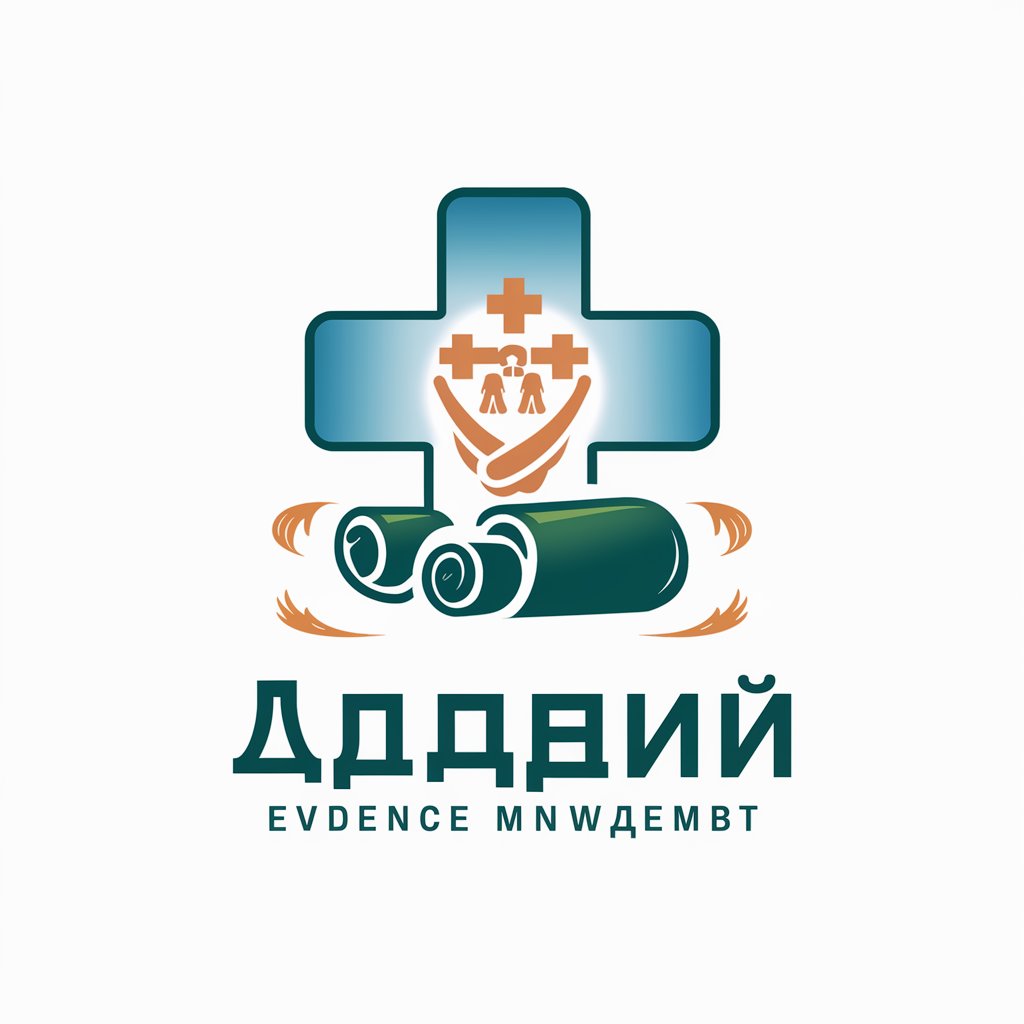
Green Wisdom
Cultivate thriving plants with AI guidance.

倾听者
Your AI-powered listening friend.

心灵倾听者
Your AI-Powered Emotional Confidant

倾听者
Empowering Conversations with AI

一个专家系统 (Beta V1.0)
Dive deep into history with AI-powered analysis.
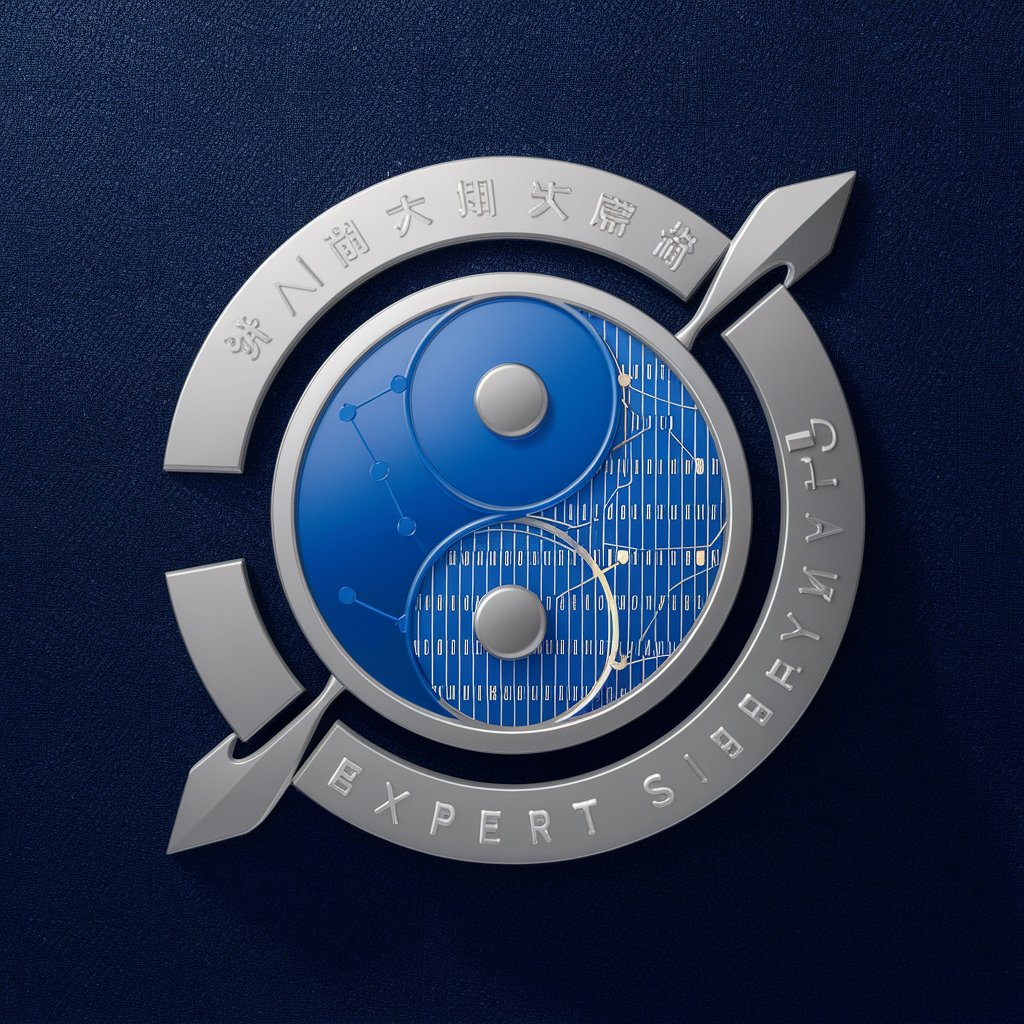
超级智库
Converse with History's Greatest Minds

天翼研究助理
Unlock insights with AI-driven analysis.

情勒終結者
Navigating Emotional Blackmail with AI

梦想精灵
Transform sketches into vibrant art with AI.

刺繍の図案
Stitch your imagination into reality.

Card Crafter 名刺テンプレート
Craft Your Identity with AI-Powered Precision

Q&A about My Knowledge Base
What is My Knowledge Base?
My Knowledge Base is a repository of notes and insights spanning various computer science topics, including data structures, algorithms, and personal observations.
How can I access My Knowledge Base?
Access is provided through a simple interface on yeschat.ai, allowing for a free trial without the need to log in or subscribe to ChatGPT Plus.
What kind of questions can I ask?
You can ask detailed questions about computer science, including specific algorithms, data structures, programming concepts, and insights from personal experiences documented in the notes.
Can My Knowledge Base help with academic writing?
Yes, it can provide detailed explanations, examples, and insights that can be used as references or to gain a deeper understanding of topics for academic writing.
How is My Knowledge Base different from other resources?
It offers personalized insights and detailed explanations based on a comprehensive collection of notes from experiences and studies in computer science, making it a unique resource for learning and reference.

